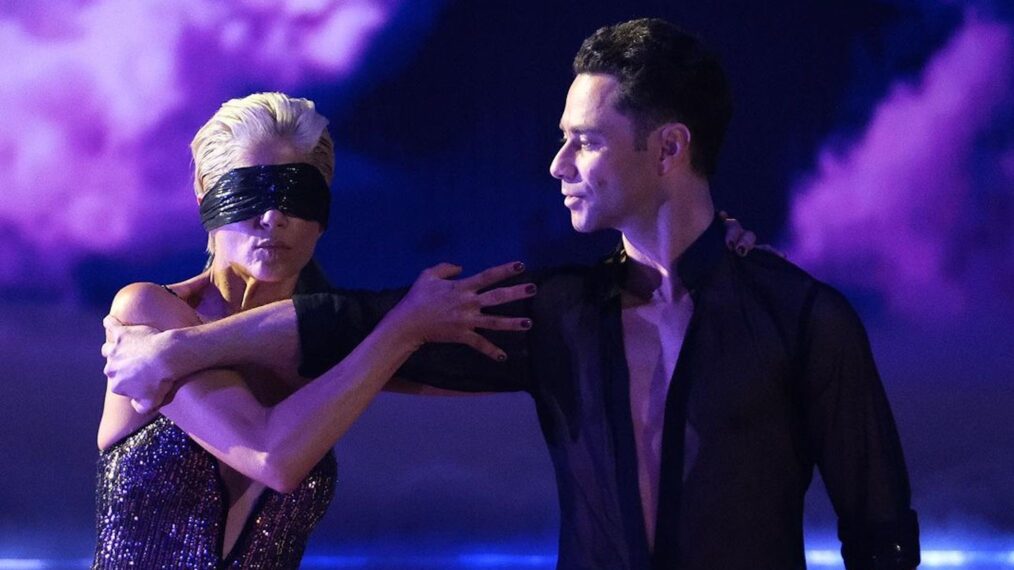Robert Heinlein’s classic 1966 novel, The Moon is a Harsh Mistress, explores the idea of a lunar colony declaring independence from Earth. Science fiction author Anthony Ha found the book a fun and exciting read.
“All the details about how they actually put these different cells of the revolution together—all of that is really interesting, and he just explains it so clearly, and it just has this real narrative drive to it,” Ha says in Episode 516 of the Geek’s Guide to the Galaxy podcast. “There are these big battles at the end, and I think he writes battles arguably as well as anyone in science fiction. So the whole book reads incredibly quickly.”
Geek’s Guide to the Galaxy host David Barr Kirtley agrees that Heinlein is a natural-born storyteller. “He’s a very appealing writer,” Kirtley says. “You can see why he took the pulp magazines by storm when he appeared. He attracted a lot of fans and acolytes, and I can totally see that. I can totally see why you would be charmed by his intelligence and talent.”
The Moon Is a Harsh Mistress, which depicts a lunar society with no laws or government, has been an inspiration to many young libertarians. Political journalist Robby Soave enjoyed the book’s mix of science fiction and politics. “I feel like if you described it—accurately—as an instruction manual for building a catapult crossed with a libertarian manifesto/sales pitch, that would alienate everyone,” he says. “But the book is really good, despite very much being about those two exact things. It’s a very fair introduction to our philosophy, with some really juicy sci-fi stuff.”
Unfortunately one aspect of the novel that has dated badly is its stereotypical view of gender roles. Science fiction professor Lisa Yaszek was initially intrigued by the book’s female lead Wyoming Knot, and was disappointed that the character plays such a minor role in the story. “I do not want to be a woman in that revolution, sitting around serving the coffee,” Yaszek says. “It really makes you understand what women were up in arms about in the 1960s.”
Listen to the complete interview with Anthony Ha, Robby Soave, and Lisa Yaszek in Episode 516 of Geek’s Guide to the Galaxy (above). And check out some highlights from the discussion below.
Robby Soave on Robert Heinlein vs. Ayn Rand:
Ten years ago, most people who were coming to the libertarian movement were coming because of Ron Paul; then 20 years or more before that it was from reading Ayn Rand. Certainly there was a period of time—probably all the way along—where The Moon Is a Harsh Mistress was a gateway. I mean, the professor is in many places just giving an almost forced libertarian pitch—actually in a similar way that Rand does in her writings, where it just veers from plot into, “OK, here is clearly what the author thinks about something, so let me just kind of get my manifesto out there.” Now Heinlein does it much, much more artfully than Ayn Rand does, though that is not a high bar to clear whatsoever.
Anthony Ha on The Moon Is a Harsh Mistress vs. The Dispossessed:
The Dispossessed is pretty close to representing my political philosophy, and The Moon Is a Harsh Mistress is not, so comparing the two, politically, I can sort of see, “Oh, I’m on board with this suspicion of the state, this suspicion of authority, and trying to have a much more free society is very interesting.” … I do think that The Dispossessed allows for a little more argument, which I think is what’s missing from a lot of later Heinlein. There’s what looks like argument, but it’s really just one character saying something that’s obviously wrong, and then they get lectured for many pages. I’m sure that happens in The Dispossessed, but I think it’s less obvious, at least to me, when it does.
David Barr Kirtley on conflict:
In the “Turkey City Lexicon” there’s an entry called “The Cozy Catastrophe,” and this is where the world ends—it’s this post-apocalyptic thing—but the characters are having a great time. They get cars and guns, they can go to the mall and take anything they want, they get girls. So it’s this weird juxtaposition where the world is in this state of horror but the characters are having a grand old time. And I feel like [The Moon Is a Harsh Mistress] is the equivalent of that for a revolution. It’s like “The Cozy Revolution.” This really makes a revolution seem like a great time, just a lot of fun. I read this book and I’m like, “I want to start a revolution. This really seems great.”
Lisa Yaszek on artificial intelligence:
Asimov is exploring [AI] in the robot stories in the ’40s and the ’50s. By the end of his robot sequence he is imagining world computers that run everything and are carefully managing humanity. Asimov always imagines them as nannies and nurses, that they’ll take care of us, like babysitters—like the best babysitters ever. But Mike [in The Moon Is a Harsh Mistress] is a pal, and I think that that’s different. He’s so much more of a fully realized person, and that is new in science fiction at that time. And he’s a good guy. He’s not a rampaging robot. … Asimov shifts the tide, in the ’40s and ’50s, then you get a slew of good robots and AIs going up to about Mike. Then of course we get HAL, and then things start to go south again.
























































